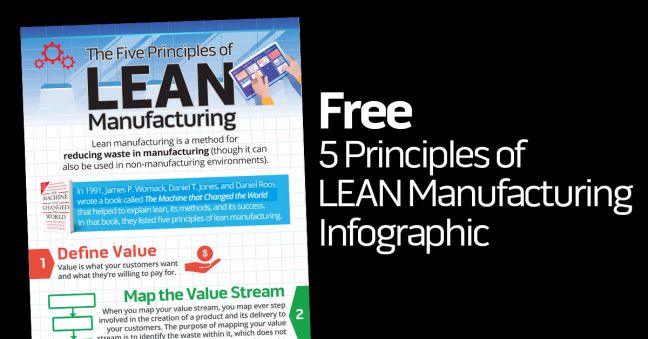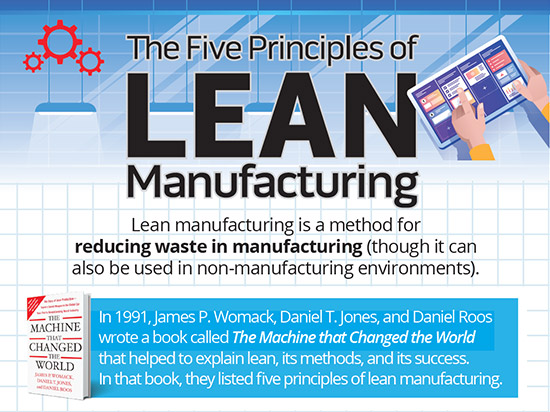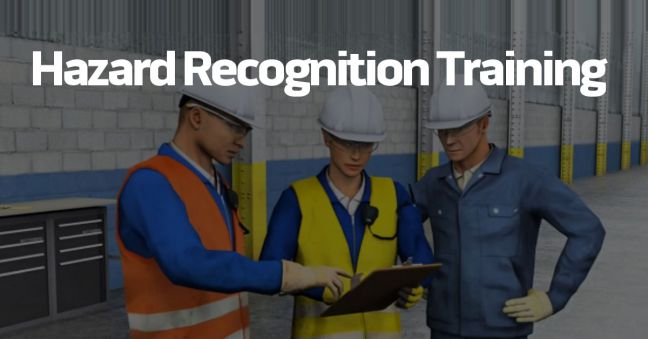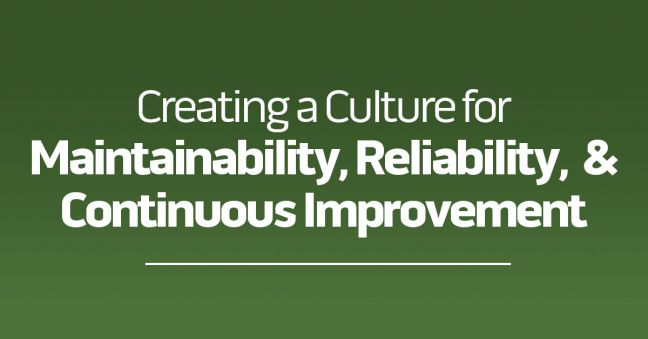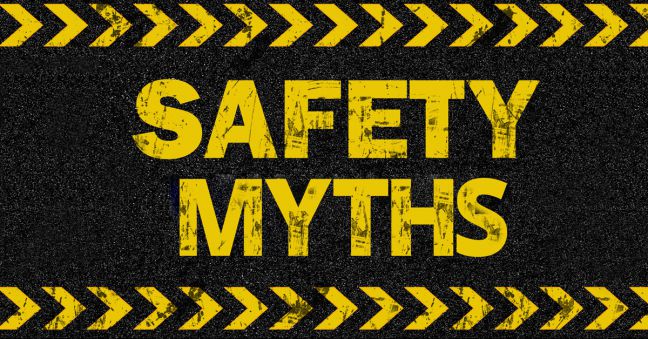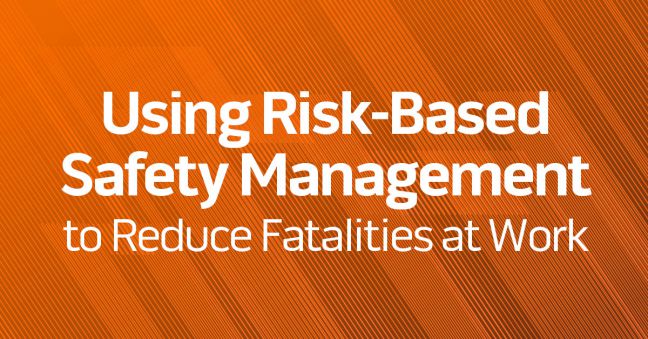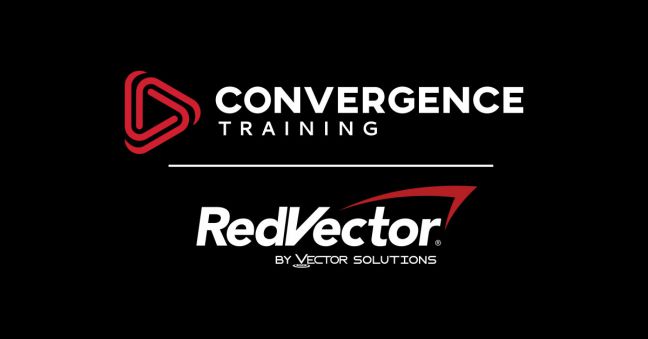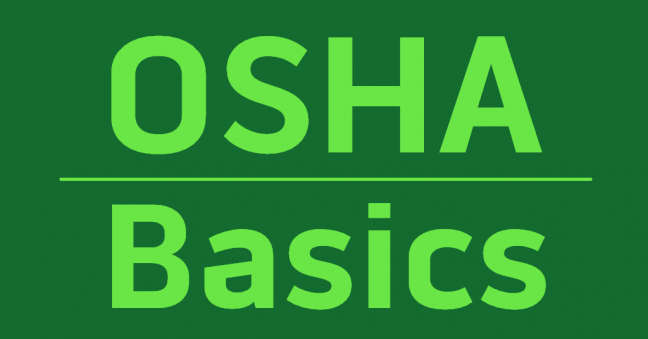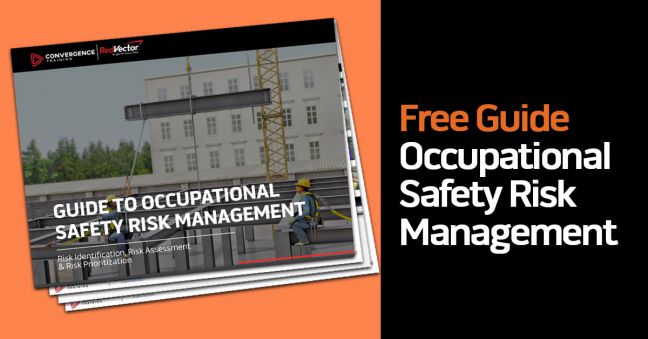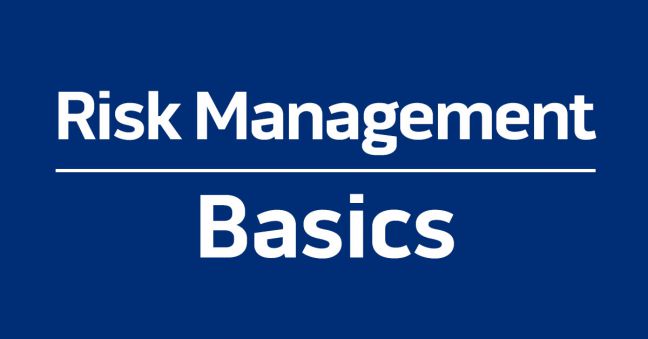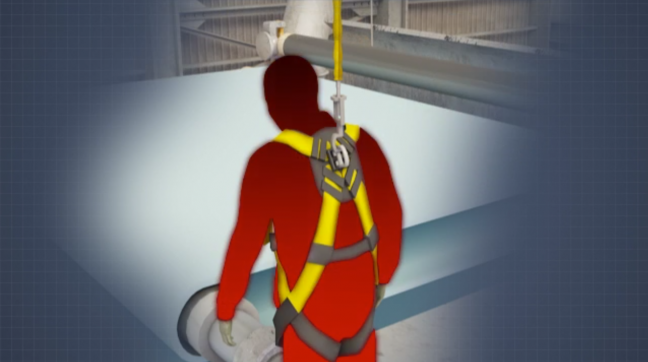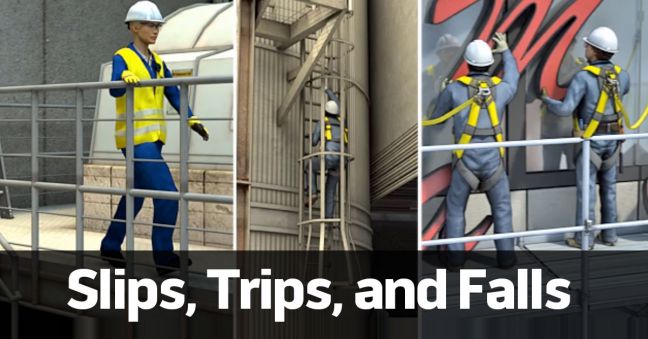
Slips, trips, and falls remain a major cause of workplace injuries and even deaths. There are many ways to safeguard against these, and one of those is training. We thought we’d provide you a free guide for leading more effective fall prevention & protection toolbox talks to help with that. The guide provides materials for leading toolbox talks on ladder safety, scaffolding safety, and roofing work safety, all with the aim of preventing falls at work.
By the way, this article was written to parallel the National Safety Council’s National Safety Month (June, 2019) and its second-week emphasis on slips, trips, and falls. You can learn more about National Safety Month and even download some materials related to hazard recognition from the NSC here. You might want to also go here to check out the article we wrote for the week emphasis on hazard recognition.
And of course, just scroll down to the bottom of this article for the free fall prevention & protection toolbox talk guide.
